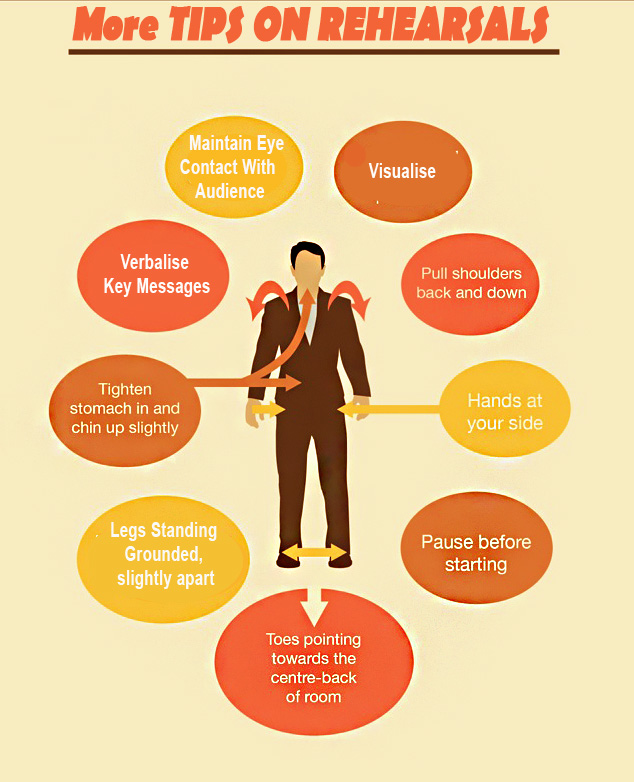
Mankind’s no. 1 Fear – Public Speaking. Your MBTI Insights can help you.
It’s a well known fact that public speaking is mankind’s no. 1 fear. Fear of death comes second. This means that people would rather die than to speak. However, one of the most important career differentiating skills is Presentation Skills, and the ability to Communicate, Engage and Connect. That’s why public speaking courses and presentations skills training courses are extremely popular, and always remain in demand.
For those who attend my Presentations Skills Training (Singapore, Malaysia, Thailand) courses, they get the benefit of what I am about to share here: How You Can Make Use of Your MBTI Insights to help you present. To recap, read on 16 MBTI Types of Personalities (Myers Briggs Type Indicator) and briefly we have:
- Extravert vs Introvert: Where you direct your energy
- Sensing vs Intuition: What info you want
- Thinking vs Feeling: How you make your decisions
- Judging vs Perceiving: How you interact with the world
Now let’s talk about your presentations, and how MBTI insights, assuming you have done an MBTI Assessment or MBTI online test, can help you with your speeches and public speaking skills:
Broadly, let’s divide your presentation into 4 parts:
1. Setting Objectives for your Presentation
Some of my Effective Presentations Skills Course participants set extremely elaborate objectives detailing every nook and corner they are going to navigate. It’s important to set CLEAR objectives, and I always advise my participants to ask themselves what is the 1 thing they must achieve. Yes prioritise your objectives for your next public speaking exercise.

Set Clear Objectives for Your Presentations. Beware of how your MBTI Personality Type might affect how you set objectives!
From my experience, I notice those Sensing type of participants tend to be extremely diligent but also sometimes too elaborate in their objectives, whilst the Intuition type of participants tend to be very outcome focussed. There’s no right nor wrong – but my advice is: If you are Sensing, check that you are not too detailed in objectives setting resulting in too many objectives that can cloud your planning – make sure if you have 10 or whatever objectives, have an overriding 1 Presentation Objective you must achieve. If you are Intuition type, check that objectives are not too visionary and unrelatable to your speech.
2. Design of Your Presentation Speech Contents
Sensing audience want details, whilst Intuition clients can be excited by possibilities. Judging audience want structure, whilst Perceiving Audience are happy with spontaneity. So what does this mean for you when you design your speech?
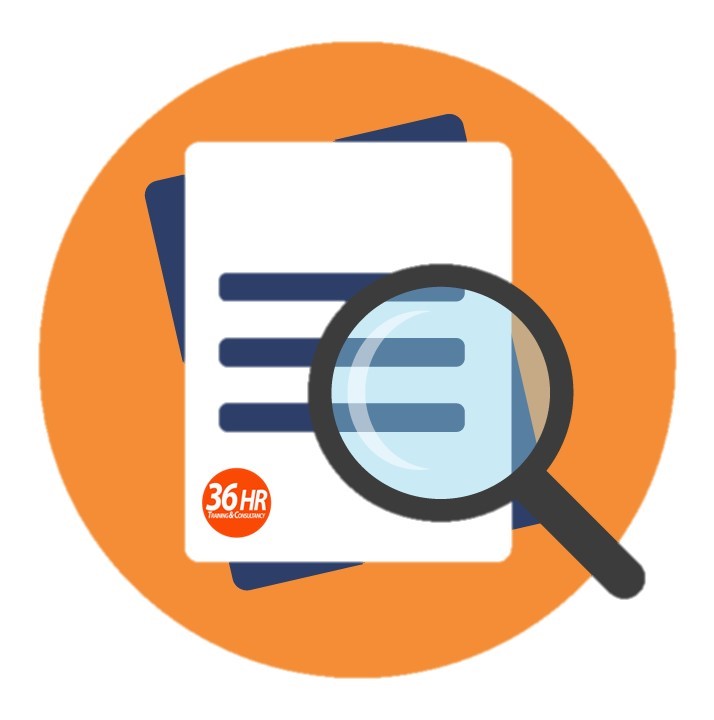
Design Your Course Contents using MBTI Insights – What Kinds of Information Your Clients Want? Are they Sensing or Intuition?
If you are talking to Intuition clients for eg, paint a vision of the outcomes for them. If you are speaking to Sensing clients, avoid speaking from 10,000 feet vision. Talk to them from where they are, they problems they face, and how to get to where you want them to be – in short, don’t just pain possibilities, talk about practicalities as well. Adjust the balance of practicalities and details, vs possibilities and benefits in your speeches based on your knowledge of the clients/audience.
3. Improve Your Buy In and Persuasion Techniques
If your audience are mostly logical Thinkers, use logic. If they are Feelers, please do address the empathy elements in your speech. For eg, if you are speaking about Purchasing A Machine That Costs $1m, and you need buy in from your clients. Consider speaking to the Thinkers about the problems they will face as a result of not purchasing (logic). Or Consider speaking to the Feelers the positive impact to the people due to purchasing the machine, or the negative impact to people due to inaction.
4. Match Your Communication Style With the Audience’s (Your Clients)
Make sure you try to match your communication style with the audience’s.

Match your communication style with your clients’ style. Consider how MBTI insights can help you
If you have a fairly muted audience, eg all Introverted, do consider not over elevating your tone and exaggerating your facial expressions or body language. Ensure the venue allows for quiet deliberations. On the other hand, if you have a highly extraverted audience, think about what you can do in your presentations to match that energy.
Consider all these in your rehearsal techniques, which we teach in our Public Speaking Courses in Singapore, Malaysia and Thailand.
5. To summarise, it’s being aware of your natural tendencies, adjusting your style to maximise impact of your presentations by matching your contents, delivery style, and persuasion towards your audience/clients. Afterall, it’s well know that “people like those who are like them.”
Some of you might question: “But I don’t know my audience!” Sometimes when you are in such a situation, it is helpful to research before hand who you are speaking to. What they do as a profession can also give you a glimpse of what they might be like. Eg, an Operations staff might be more likely to be detailed (Sensing), structured (Judging), compared to say a group of sales persons (Extraverted). It’s not always accurate, but at least you can surmise a guess if your research doesn’t produce much info about your audience/clients.
I hope the above presentation tips are interesting and useful for you. You may also read up on other presentation tips resources here:
- How To Overcome Fear of Public Speaking
- How To Be An Interesting Speaker
- 5 Tips To Deliver an Impactful Presentation
If you haven’t done any MBTI Assessment or attended any MBTI workshops, do consider contacting 36 HR Training & Consultancy. Or contact us for one-to-one coaching on Public Speaking to prepare for your next major presentation!




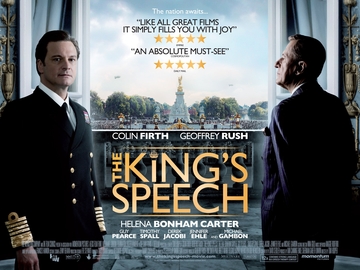











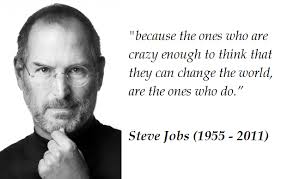
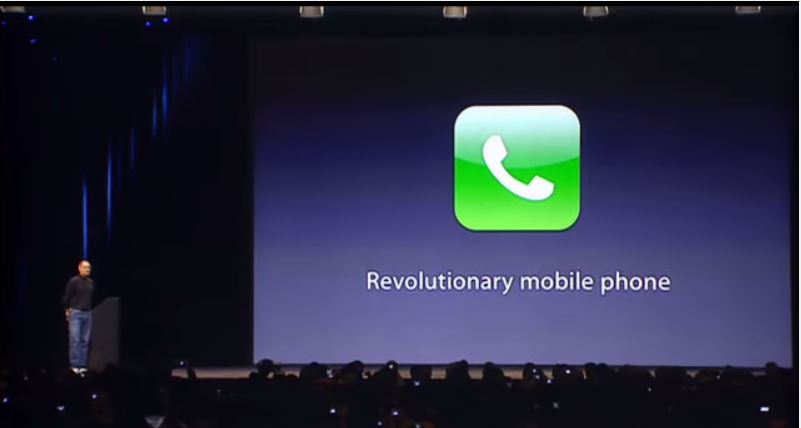
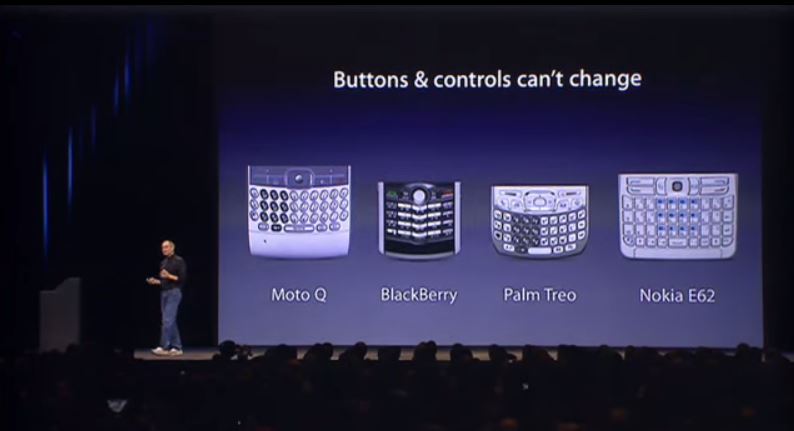 Then he summed up what iPhone is : it solves all these problems. So the public speaking trick he used here is to talk about the problems, exaggerate the problems, and then say, hey I solve all these for you.
Then he summed up what iPhone is : it solves all these problems. So the public speaking trick he used here is to talk about the problems, exaggerate the problems, and then say, hey I solve all these for you.




